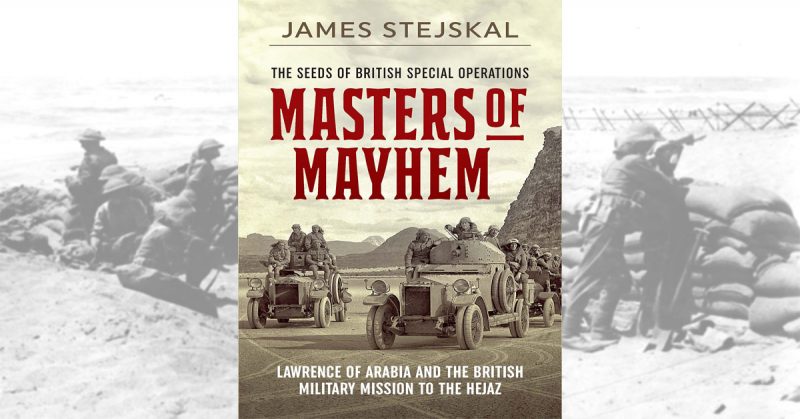I can’t say for certain how long I’ve been doing this job but I know for sure I’ve seen a good few books that contrive to boost interest by name-dropping a famous person on the dust jacket. The link is often a fair one, but they can be a bit on the tenuous side.
At the end of the day famous names are good business for publishers and who can blame them for attempting to bring in a few more bucks for their pains? The league leaders in this respect are Hitler, Monty, Patton and Churchill but the name that always draws me in is that of Thomas Edward Lawrence.
There is something about Lawrence of Arabia that hits the right note with me. I have a little library of books about him and a selection of his own writings and I’ve done a mini pilgrimage to visit his home, his grave and other key sites linked to his final years in the English county of Dorset.
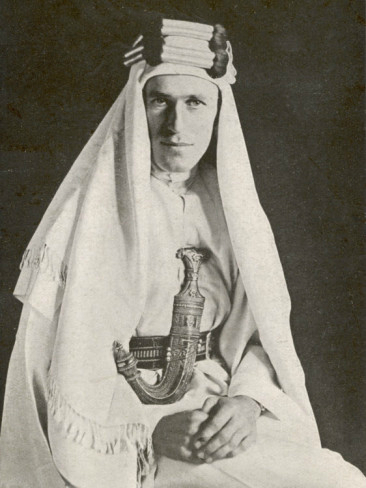
For all the ambiguity about facets of his life there is no conflict in respect of his influence, his brilliance and his individuality as an archaeologist, adventurer, writer and soldier.
Here we have yet another book citing Lawrence on the title page. You might wonder whether there is anything new to say about the little man and the conflict that made him a legend, but I’m pleased to say this new work by James Stejskal offers an interesting and valid take on the campaign for whom Lawrence became such a talisman.
Mr. Stejskal is a former Green Beret soldier and CIA operative who has a long history of involvement in just the sort of asymmetric warfare and smoke and mirrors stuff to which our hero, Lawrence, is inextricably linked. He brings a worldly-wise authority to his approach as he attempts to highlight the crucial role played by a bevy of lesser-known British soldiers in the Arab Revolt.
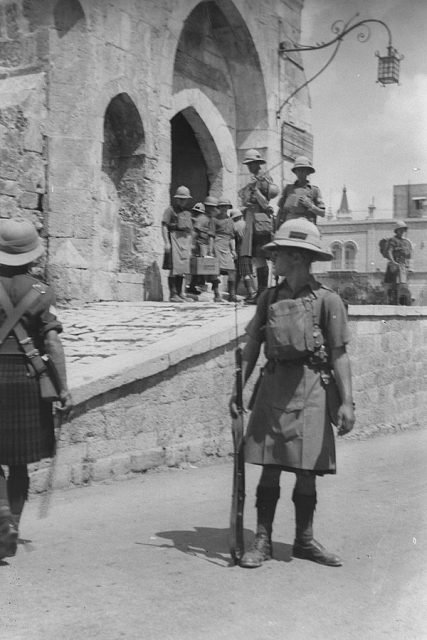
Lawrence makes regular appearances here and, as in the campaign itself; he is the convenient glue binding much of what happened together. But Mr. Stejskal shows he was by no means a one-man band and the credit for the ultimate success of the campaign is shared with an interesting bunch of Brits and Australians along with a few Frenchmen.
Happily, Mr. Stejskal only offers a succinct background to the Arab Revolt against Ottoman Turkey without going too deeply into an oft-repeated history. He presents a useful potted biography of Lawrence before setting off at light infantry pace through the really interesting stuff about how the British formulated and continuously modified their tactics to fight what was a very irregular kind of war.
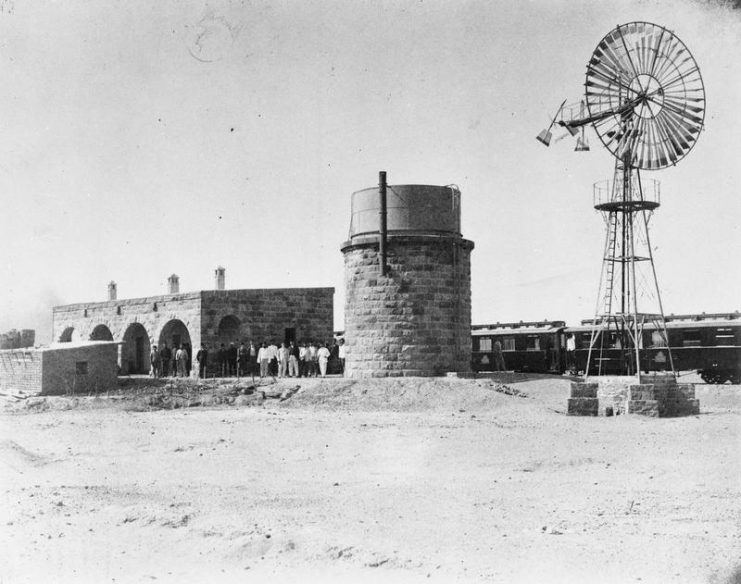
This goes hand in hand with the delicate relationship with the Arabs, themselves, and it is quite correct that the author gives due emphasis to the military successes of the Emir Feisal and his confederates. Several of the British officers spoke Arabic and had been exposed to their culture.
While some were hardly fans they could at least appreciate a mindset a million miles away from their own. They knew the strengths and weaknesses of their erstwhile ally and it is true that there was considerable sympathy towards ambitions for an independent Arab state.
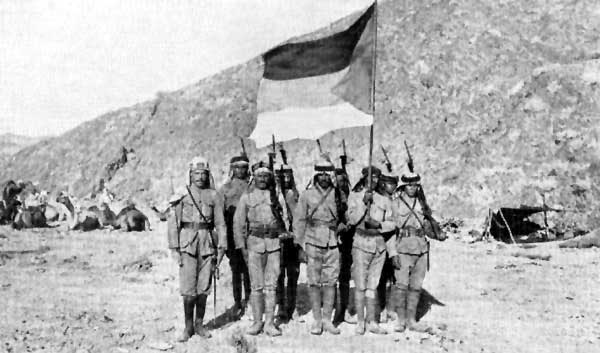
There are a great many attractive characters in this story and we get a decent look at what they were up to. The British had a colorful crew of engineers, aviators, gunners and motorists in their ranks and while these men probably warrant biographies of their own, they have pretty much all fallen into the diminutive shadow of Lawrence. Mr. Stejskal brings them out into the light and places them firmly in context.
This serves to bring a little balance to the many top-heavy stories told by others that tend to favor the myth and legend of the main man.
As with many books of this nature, the enlisted men, or other ranks, of the story are given less prominence because so many of them were deemed to be anonymous by the culture of the day. But the author records a fair number and they all receive his admiration and respect.
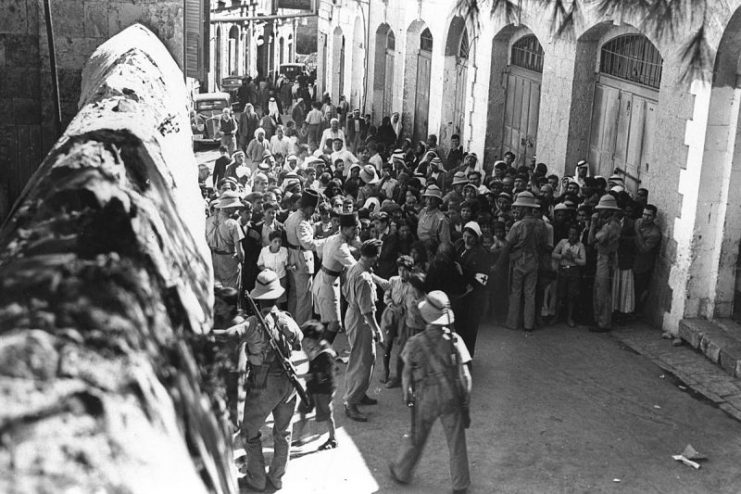
The delight comes in reading how the British used a mixture of Rolls-Royce armored cars, Ford tenders, old mountain guns, aircraft and machine guns to harry the Turks. The men responsible started with a blank sheet of paper and quickly developed a succession of campaign winning methods designed to encourage flexibility and ingenuity. It was just the sort of warfare conservative minded soldiers have neither liked nor understood through time immemorial.
The crux of this book is to emphasize the importance of a campaign where a combination of all arms tactics and a hefty dollop of cloak and dagger combined with the pioneering use of methods now seen as standard by special operations forces around the world to bring a remarkable victory.
The author celebrates the work done, but takes a rueful glance at the consequences of the machinations and intrigue practiced by politicians and colonial administrators in Britain and France that did so much to undermine the legacy of Lawrence and his uniformed comrades in arms.
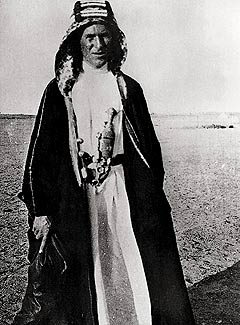
Given his background, it is easy to see why the author finds the achievements of the soldiers in this book so important. They are part of the heritage of all he knows and the reader benefits from the warmth and understanding he brings to their story.
The use of archive photography is excellent. Each image is used in the full context, slipped into the pages where the subjects are most prominent. This works much better than an ill-defined glossy splurge of snaps stitched into the center. I would, however, like to see them in some sort of archive photo history of the campaign, bringing in all the elements.
Yes, this is another book about Lawrence of Arabia, but there is actually so much more to the history. James Stejskal takes considerable care in his analysis of the events and he ends by advancing the story into the Western Desert of late 1940 when the British prepared to fight the Italians employing a similar mix of pirates, adventurers and geniuses for unconventional warfare the LRDG and SAS would attract.
St Martin’s church stands in the pleasant English town of Wareham and it is high on the list of places to visit for Lawrence pilgrims. If it isn’t open you can get the key from the nearby draper’s shop. It is worth the effort because inside the church is the beautiful effigy of a recumbent Lawrence dressed in his Bedou finest.
It looks like a grave, but that is a short drive away in nearby Moreton. Go on towards Bovington, where the Tank Museum sits, and you will find Lawrence’s little house named Clouds Hill. It a fascinating place; around a five-minute walk from the spot where the great man met disaster in May 1935.
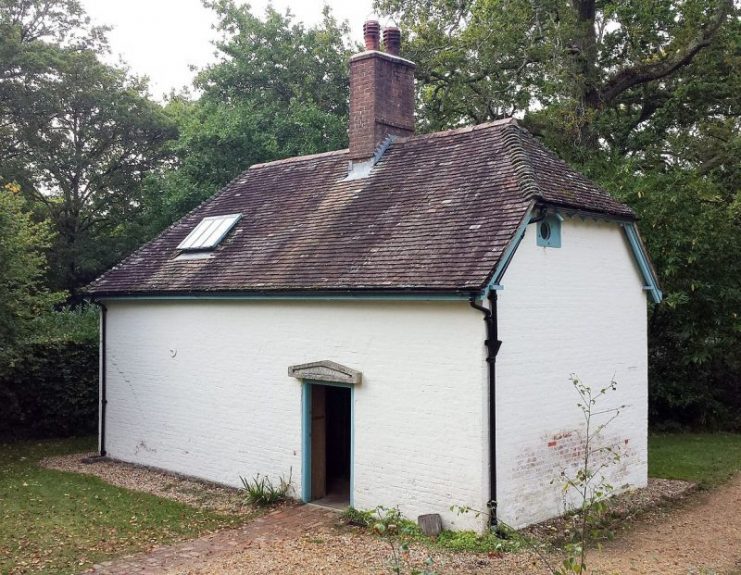
These places are all tangible pieces of Lawrence that are accessible and make him more real. His fame arises from the things he did in a distant 1917-18 in a part of the world most westerners choose not to go. James Stejskal has done the trip for us and his dedication had produced a tidy and entertaining book I raced through on a handful of commutes to and from London.
The centenary period of the Great War is close to it’s finale and I am definitely more than a little ‘world war oned out’ (to quote a fellow traveler), but this book has stimulated a blip of a revival in my spirits. The engraving on the lintel over the front door of Lawrence’s home asks in Ancient Greek ‘Why Worry?’ It’s a fair question.
While a fair deal of the stuff coming out of the centenary has left me cold, books like this restore some of the balance. Mr. Stejskal has done much the same by taking the story beyond Lawrence to include the men who did so much to achieve victory in 1918. Their remarkable story can be found here and you will not be disappointed with the telling.
Reviewed by Mark Barnes for War History Online
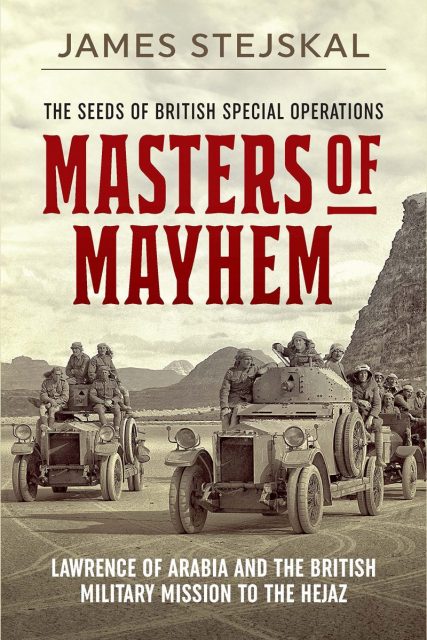
MASTERS OF MAYHEM
Lawrence of Arabia and the British Military Mission to the Hejaz
By James Stejskal
Casemate Publishers
ISBN: 978 1 61200 574 4
